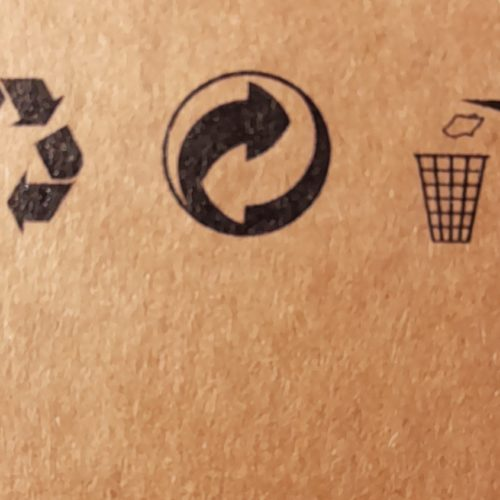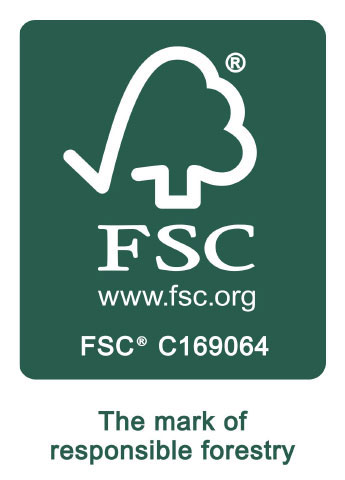Do you add a recycling icon to your packaging and feel that you have ticked the sustainability box or is your packaging designed for recyclability? In this article, we explore the difference.
Minimising Packaging Waste
The majority of customers and producers are aware of the negative environmental impact of packaging waste. In response, considerable efforts are being made to remove excess packaging and select materials that are seen as sustainable. Within this category are paper-based options including paper, cartonboard and corrugated cardboard.
The good news is that a high percentage of paper-based packaging typically comes from recycled fibres. What’s more, 78% of used paper-based packaging is collected for recycling. The industry would like to build on this success and push recycling rates up. To achieve this, we need to understand and address the barriers by ensuring packaging is designed for recyclability.
Barriers to Recyclability
When consumers use packaging that is made from cardboard or paper, there is an assumption that it is recyclable. Cardboard boxes, food sleeves, junk mail and waste paper are put into recycling bins without a second thought. However, not all of this waste is suitable for recycling. So, let’s address some points of confusion.
- Packaging containing multiple materials. It is common for more than one material to be used in packaging. For example, a box or envelope might include a plastic window and this can inhibit recyclability. So, designers and manufacturers should aim to limit the materials used and provide clear instructions on how to separate before recycling when more than one is used.
- Non-recyclable glues, tape & coatings. The finishes and adhesives used on paper-based packaging are not always visible to the consumer. Therefore, they assume that the packaging is fully recyclable when it isn’t. A takeaway coffee cup is a good example and others include packaging finished with varnishes, waxes, foil, gloss and glitter. Fortunately, water-based inks and biodegradable finishes are available.
- Contaminated packaging. When food is left in the packaging, stuck to the sides or soaked into the cardboard, it can’t be recycled. In addition, cardboard can’t be recycled if it has held medical waste, animal products or toxins. Although the fibres are exposed to high temperatures in the recycling process, these contaminants cannot be present. A removable liner is one solution, as is informing customers of the right bin to use.
Recycling Labels
Adding recycling labels to your packaging can help to inform customers of what to do. The issue is that many different icons are used and this can be confusing. For example, when you see the Green Dot symbol, it’s easy to assume the packaging can be recycled. Yet, this icon indicates the company makes a financial contribution to recycling schemes.
Discover the meaning of different recycling labels
Circular Principles in Packaging Design
The Confederation of Paper Industries (CPI) is pushing for consistent and easy-to-recognise labelling to avoid confusion. The organisation is also encouraging brands, retailers and designers to consider the whole life cycle and integrate circular principles in design concepts.
To this end, they have prepared the Designed for Recycling Guidelines for fibre-based packaging. These focus on resource efficiency, responsible production, minimising social and environmental impact and ensuring the future sustainability of the packaging industry. The CPI is keen to evidence that green initiatives are viable and do not compromise quality or performance.
Originally released in 2019, an updated version was made available earlier this year:
CPI Designed for Recyclability Guidelines
In addition, the CPI has developed Papercycle, a fibre packaging assessment and certification tool. In its early stages, this initiative aims to provide a consistent and reliable means of testing packaging for recyclability.
Our Packaging Solutions
As a cardboard packaging manufacturer, we prioritise sustainable solutions. Let us advise you on moisture-resistant coatings, water-based inks and other finishes that are 100% recyclable.
To discuss your design concept and get our packaging advice, get in touch at enquiries@abcbox.co.uk or 01296 436888.

